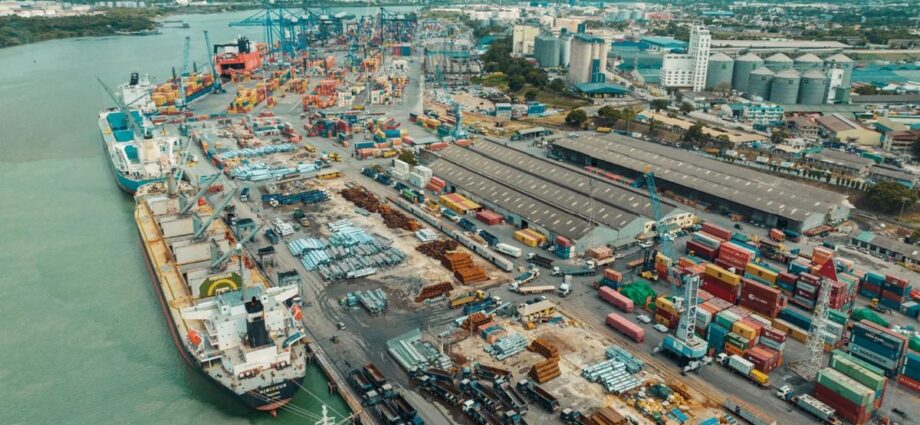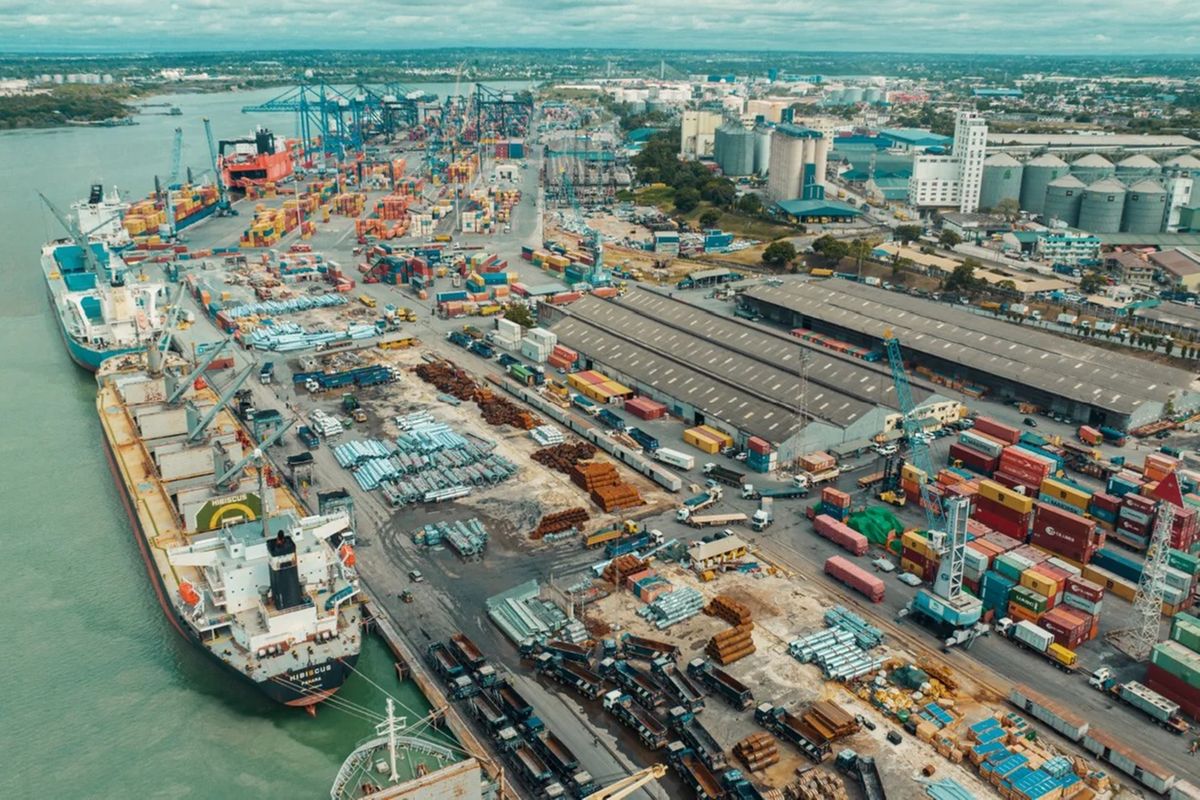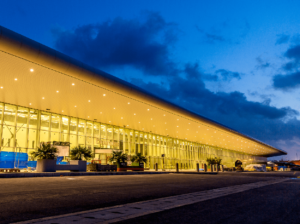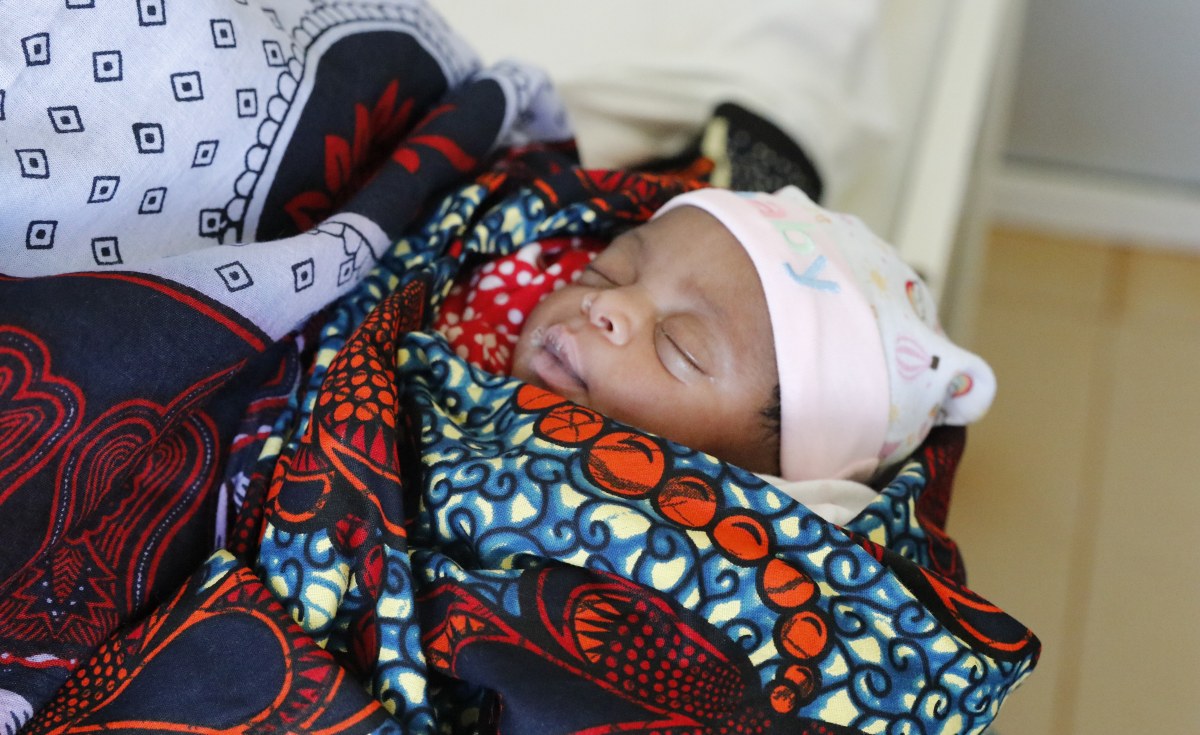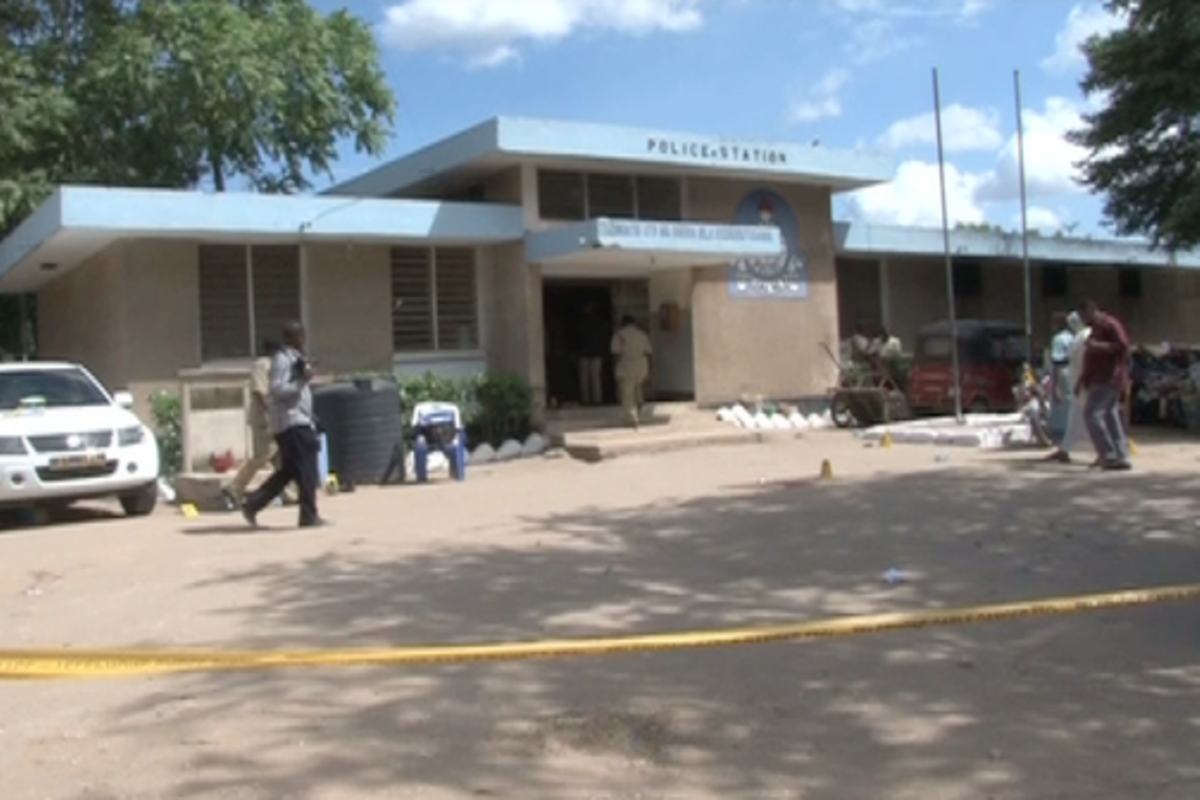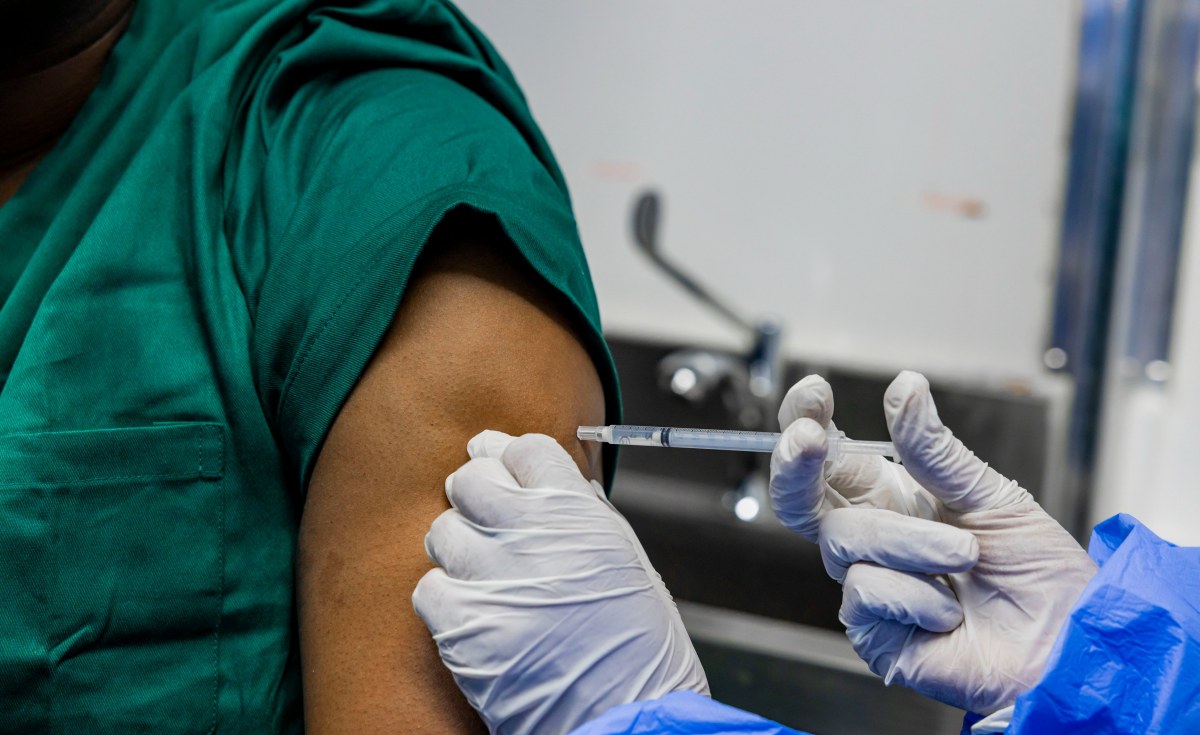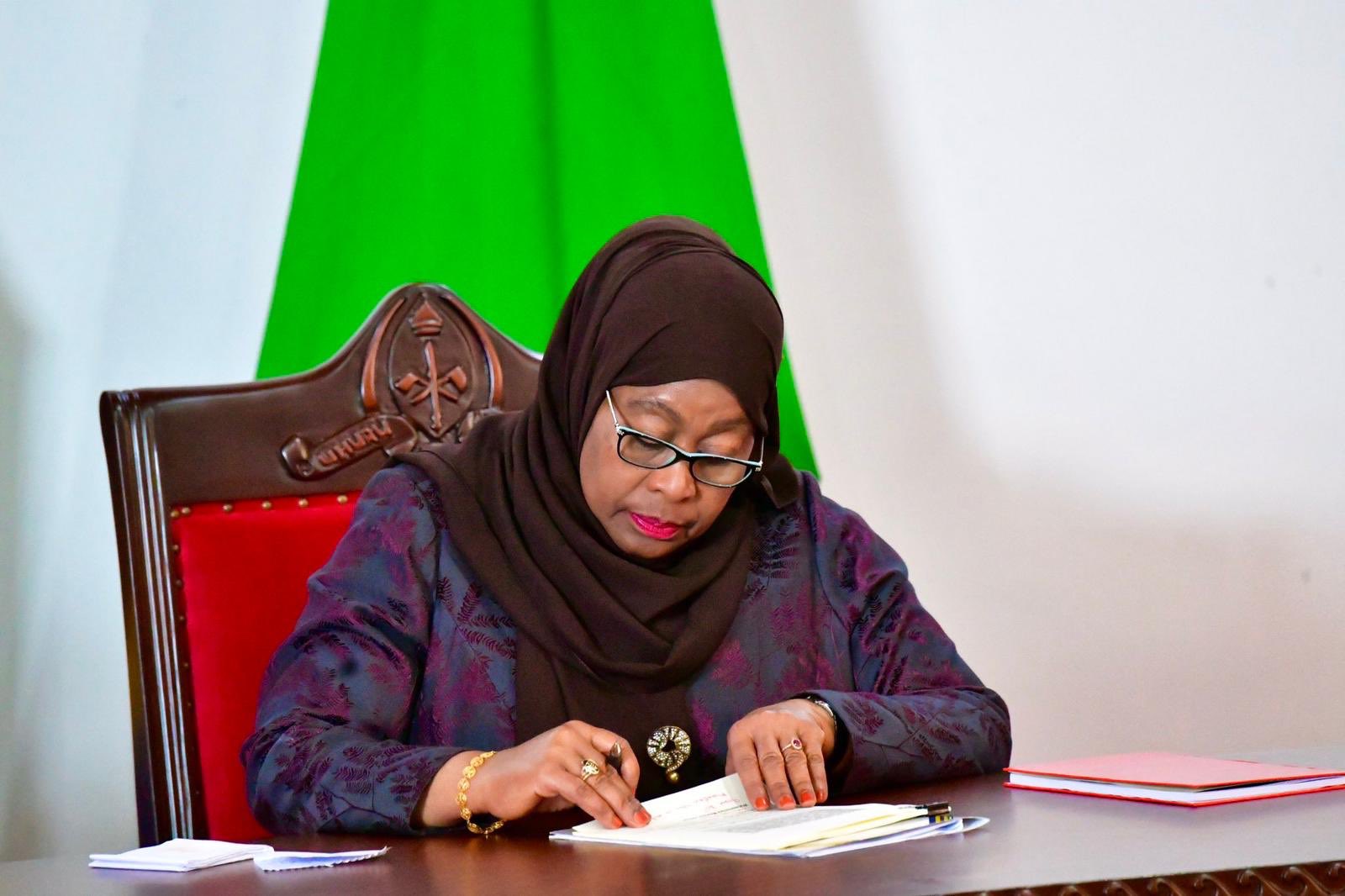Dar es Salaam. The commencement of operations by DP World at Dar es Salaam Port is projected to save the Tanzanian economy approximately $600 million (Sh1.62 trillion) by eliminating container demurrage charges.
Previously, a fee of $1,000 was charged for each container delayed at the port.
With the new changes, this fee has been removed, significantly reducing costs for shipping operations.
The Tanzania Ports Authority (TPA) Director General, Mr Plasduce Mbossa, said on Tuesday August 20 that ships arriving at Dar es Salaam were previously subject to peak season charges of $1,000 per container due to prolonged waiting times for cargo unloading.
However, this fee has now been eliminated.
“Currently, the waiting time for ships has decreased. As a result, the $1,000 fee has been removed. For example, instead of paying $4,500 for a container, you now pay $3,500,” said Mbossa.
Mbossa noted that MSC was the first shipping company to remove the fees, bringing shipping costs at Dar es Salaam in line with those at Mombasa Port.
This move has pressured other shipping companies to follow suit.
“Annually, we handle 1.2 million containers. Removing the $1,000 fee for the remaining half of the year will save the country significant amounts. Previously, you had to purchase dollars from foreign exchange bureaus to pay shipping companies, but now these savings can be redirected,” Mbossa added.
He further explained that the waiting period for ships has reduced from 28 days to 10 days.
Container ships now dock at the port for one to three days, depending on the cargo, representing a major improvement in service delivery at Dar es Salaam Port.
Mr Mbossa said the achievements strengthen Tanzania’s position as a commercial hub in East and Central Africa and reflect President Samia Suluhu Hassan’s commitment to managing national resources for the benefit of Tanzanians.
Since DP World began operations in May, TPA has reported several successes, including reduced waiting times for ships, improved turnaround times, and significant cost reductions.
Crane operations have also been optimised, leading to increased productivity from May to July 2024, with the port handling its largest container ships to date.
The improved efficiency has enhanced Dar es Salaam Port’s competitiveness, aligning it with Mombasa in cargo handling capabilities.
According to the Central Corridor Transit Transport Facilitation Agency (CCTTFA), DP World has made substantial changes, enhancing port efficiency and better controlling port areas.
“Port area control has allowed workers to focus on their tasks, saving time. We have observed an increase in cargo handling machinery, with everyone now dedicated to their roles. Dar es Salaam Port is on track to become one of the best ports globally,” their feedback report stated.

